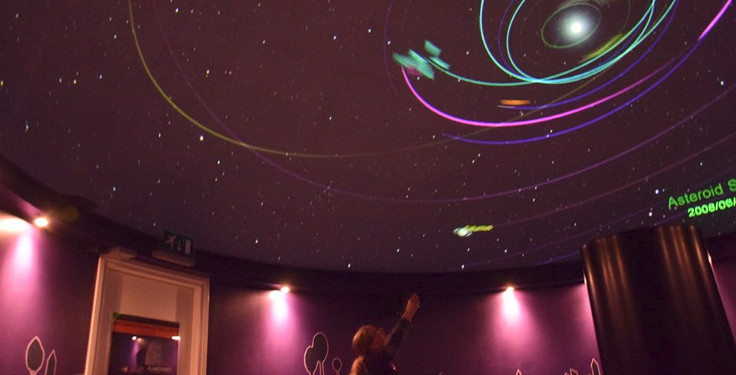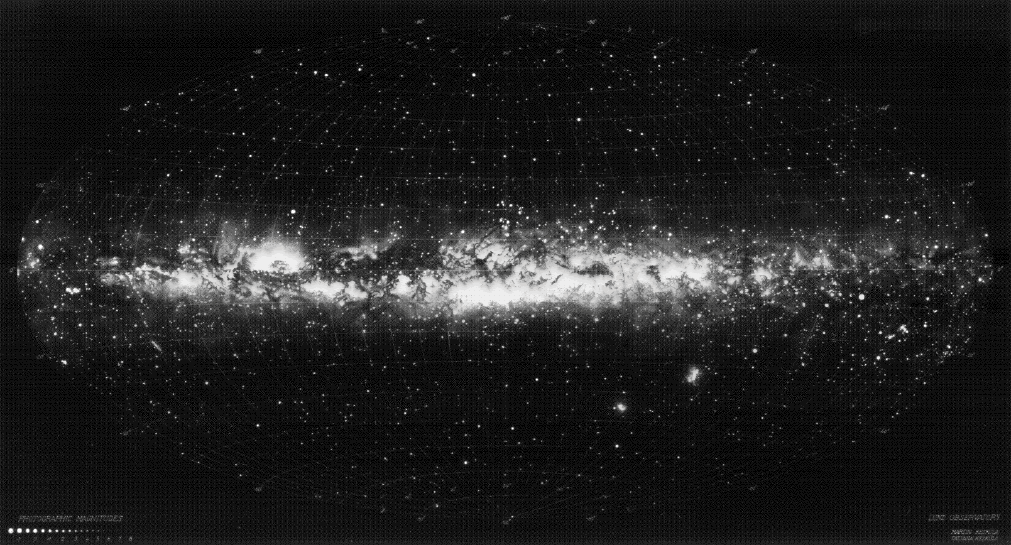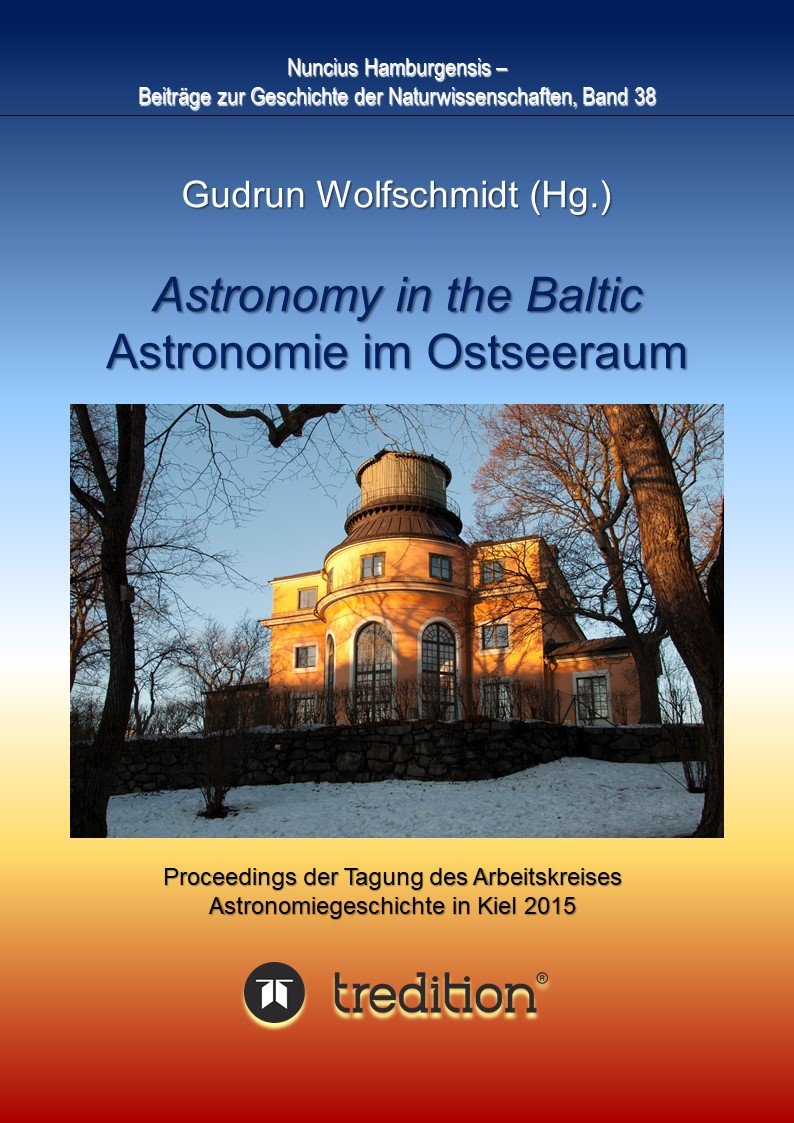
Category of Astronomical Heritage: tangible immovable
Lunds gamla observatorium, Lund, Sweden

Description
Geographical position
Lunds gamla observatorium -- Old Lund Observatory (Lunds Universitet Institutionen för astronomi), Svanegatan, Lund, Skåne, Sweden
See also list of Lund observatories:
- Lund University (1668) -- Professor Cosmographus et Ptolemaicos, observatory next to Winstrupsgatan and Sankt Petri Kyrkogata (1672)
- Kungshuset Observatory (55°42’19’’ N, 13°11’38,3’’ E)
- Lunds gamla observatorium (discussed here) (Latitude 55°41’58,5’’ N, Longitude 13°11’16,2’’ E)
- Astronomical Faculty (Lund Observatory), Sölvegatan 27, SE-22100 Lund, Sweden -- part of the Department of Astronomy and Theoretical Physics at Sölvegata on the north campus of Lund University (since 2001) ( 55°42’42,3’’ N, 13°12’15,8’’ E)
Location
Latitude 55°41’58,5’’ N, Longitude 13°11’16,2’’ E, Elevation ...m above mean sea level.
IAU observatory code
039
Description of (scientific/cultural/natural) heritage
Lund University (1668) -- Observatory of Andreas Spole (1672)
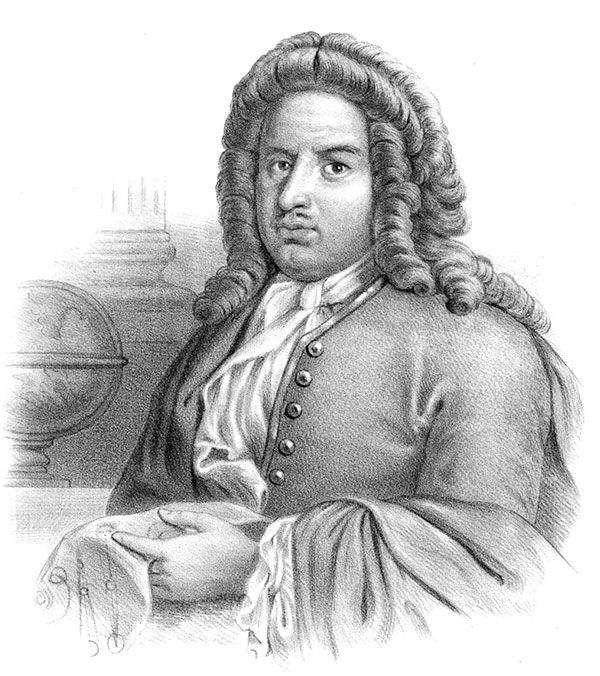
Fig. 1. Anders Spole (1630--1699), Litho by Otto Henrik Wallgren (1795--1857), 1849 (Creative Commons)
When Lund University was inaugurated in 1668, there was a Professor Cosmographus et Ptolemaicos, appointed already in 1667, with the task of researching and teaching "theoretical astronomy, spherical trigonometry, gnomonics, calculations of the church festivals, geography, the use of globes and the art of sailing". These extensive tasks had been entrusted to Anders Spole (1630--1699), the grandfather of Anders Celsius (1701--1744).
With great foresight, Spole immediately set about establishing an observatory for Lund University, largely paid for by himself. It was built next to Winstrupsgatan and Sankt Petri Kyrkogata and was ready for use in 1672. Unfortunately, the results of Spole’s ambitious efforts were short-lived. During the Battle of Lund in 1676, the observatory was largely burnt down and his equipment destroyed.
Kungshuset Observatory (1749, tower 1839)
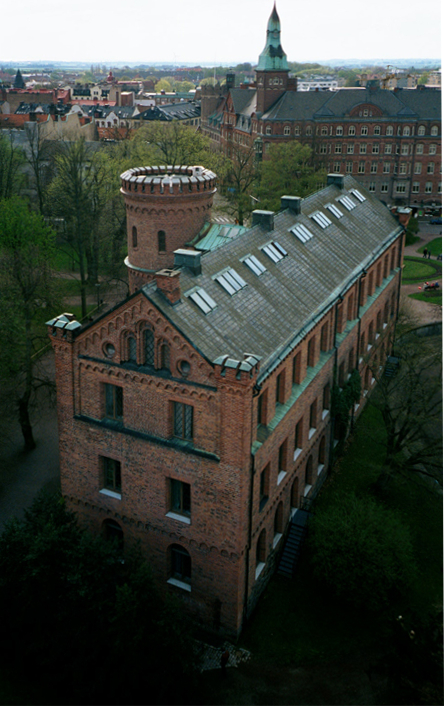
Fig. 2a. Kungshuset in Lundagård (1749), (CC2.5, FredrikT)
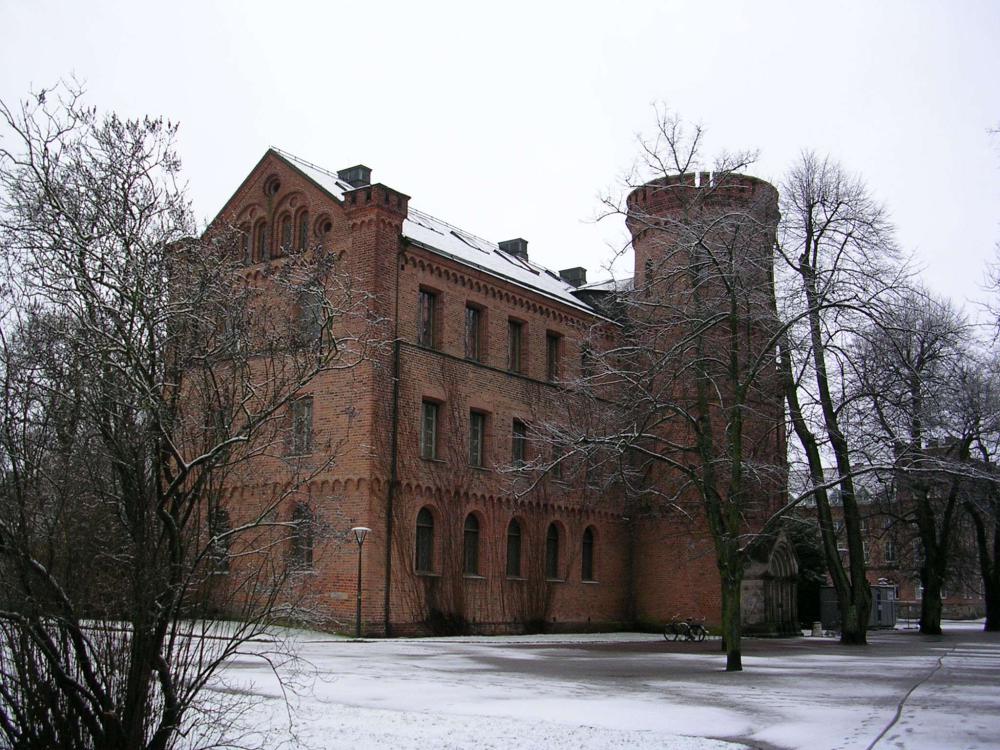
Fig. 2b. Kungshuset Observatory (1749), (CC3, Vaesk)
A new Lund Observatory was founded in 1749. Lund University used "Kungshuset" in Lundagård as its main building until the completion of the present new central building in 1882. The building was constructed between 1578 and 1584 as a two-storey house.
Between 1740 and 1742, the building was rebuilt by Carl Hårleman (1700--1753), who also built Stockholm’s Observatory (1748--1753).
During a second reconstruction by Carl Georg Brunius (1793--1869) in 1837/39, a third storey was added and the height of the tower was increased and a platform on the top was created for installing portable instruments. Professor Schenmark and Observer Nenzelius were active, and acquired some new equipment, e.g. by the end of the 1780s, in addition to pendulum clocks, other timepieces and meteorological measuring equipment, five refractors were available, one of which was designed as a transit instrument. There was also a quadrant with a telescope and a Gregory-type reflector. Finally, there was a micrometer and geodetic measuring equipment.
Until 1867, the building was the seat of the "Astronomical Faculty" of the University Lund.
Lunds (gamla) Observatorium (1867)
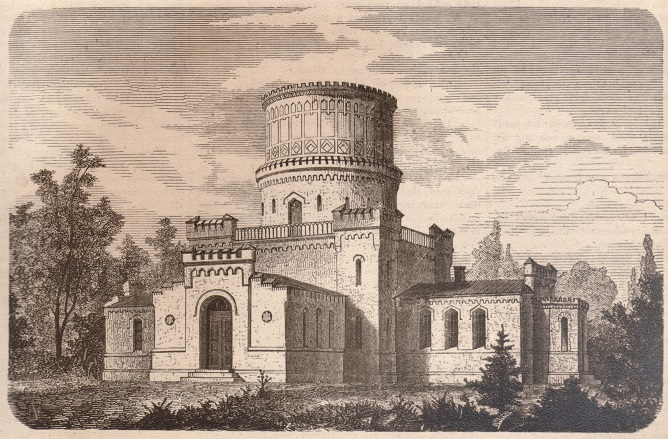
Fig. 3a. Lunds gamla Observatorium (1867), wooden edging by Helgo Zetterval (astro.lu.se)
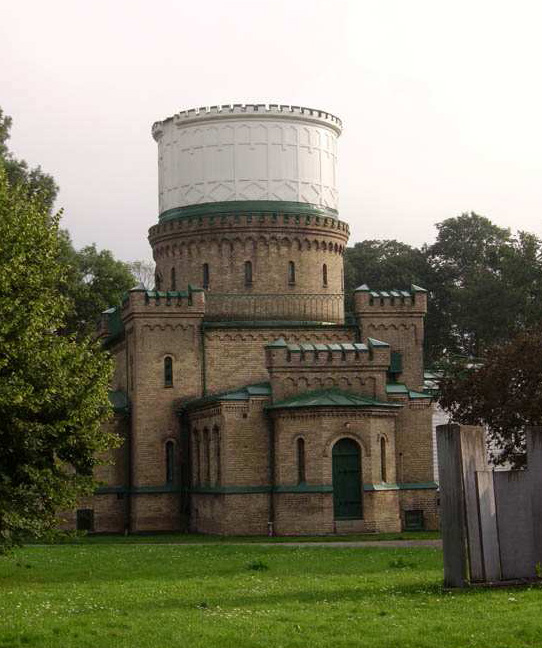
Fig. 3b. Lunds gamla Observatorium (Old Lund Observatory) on Svanegata (1867), (Creative Commons)
In 1867, the "Astronomical Faculty" of the University Lund moved to the newly built "Old Lund Observatory" on Svanegata (Svanelyckan). It is located within the medieval city wall in a cultural-heritage protected Observatorieparken (observatory park), right next to the city park. Now the problem of being in the centre of Lund and the problem of having not enough space was solved. The observatory now had a free horizon in all directions except north and the night sky was dark except in the north.
The historic building of "Lunds gamla Observatorium" with a central dome was designed by Helgo Zettervall (1831--1907) in 1867.
The historical instrumentation includes a 25-cm-Refractor (1867) and a Meridian circle (1874).
The meridian circle was used extensively for the absolute determination of the positions of stars and objects of the planetary system. Especially in the latter part of the 19th century, much of this work was based on a combination of observational results obtained with the meridian circle and with the astrograph.
The refractor was used also for astrophysical research: included extensive spectroscopic studies of the composition of the stellar atmosphere. At the same time, the instrument was also used for positioning and measuring double stars and for photographic photometry.
The heyday of the Lund observatory was under the directors Carl Charlier (1862--1934) from 1897 to 1934, and Knut Lundmark (1889--1958) from 1929 to 1955. Knut Lundmark organised the <i>"Lund Panorama of the Milky Way"</i> with positions of about 7000 individual stars. The map took two years to complete (1955), and measures 2m x 1m.
A large new building, the calculating office, could be occupied in 1912. This building immediately became and has remained the centre of the institution’s activities. Further expansion was later achieved by the addition of the so-called gatehouse, a former caretaker’s house, and the seismograph cellar.
In the 1940s, the premises were extended by the excavation of basement spaces under the observatory building, and so-called "research barracks" were added. In 1973, an extension was built to accommodate the observatory’s computer facility.
Since then, new premises have been added for teaching and the mechanical workshop. Modern teaching facilities are rented outside the institution.
In 1914, an 18-cm-Astrograph was installed. The astrograph was originally used for the identification of small planets. Later, it was used for photographic and visual studies of stars and planets. The astrograph was also equipped with an objective prism, with which spectroscopic observations could be made. In recent years, the astrograph has become an excellent training instrument.
To complement the meridian circle, a small Transit instrument was acquired. The passage instrument was later used in teaching.
A Seismograph was installed in 1916. Seismographic studies were an important part of the observatory’s activities for many years. The results also attracted much attention. In the mid-1950s, however, this part of the institution’s work came to an end.
With the introduction of modern reflecting telescopes, the refractor became less relevant for research purposes. Parts of the instrument, were used for the construction of a so-called heliostat facility. This has been used for the development of instrumentation. It has also been used extensively as a training instrument. In 1985, the department received a donation from the Royal Swedish Academy of Sciences of a splendid heliostat facility, installed in parallel with the old heliostat instrumentation. The new heliostat provides opportunities for the development of advanced instrumentation and for excellent elements in the students’ observational activities.
Laboratory equipment: For the evaluation of photographic recordings of direct images and spectrograms, special instruments are required. Early on, the department succeeded in acquiring two photometers for such purposes. An iris photometer was installed for processing exposures of star fields. For the evaluation of spectrograms of stars a slit photometer was acquired. Both photometers have been used very extensively, first in pure research activities, later increasingly in teaching.
In the early 1970s, the demands on instrumentation for the evaluation of direct images and spectrograms quickly became very high. A computer-controlled precision machine was acquired with impressive performance in measuring exposures, photographic as well as electronographic, over a very wide range of densities. In addition, the setting precision of the measuring table was very high in two coordinates. This measuring machine has been used intensively. Initially, it was reserved entirely for large-scale research projects. Later, it was increasingly used in teaching.
Since the early 20th century the possibility of building an observatory outside Lund in a place with the best possible observing conditions was discussed. After site testing Jävan station, an elevation that forms part of the Romeleåsen, was erected in 1962; two domes and a residential house with a darkroom and small workshop were constructed. The Knut and Alice Wallenberg Foundation sponsored the costs of the observatory’s main instruments: A Reflector with a 61-cm-main mirror of the Cassegrain-Nasmyth type with two observation foci. The auxiliary instruments were placed behind the main mirror cell (single-channel photometer with photomultiplier) and on a heavy instrument table (low-resolution photographic spectrograph).
The smaller dome houses a telescope for teaching purposes, consisting of three small telescopes mounted on a common axis: a 32-cm-Schmidt-Cassegrain Reflector, a 20-cm-Schmidt-Cassegrain telescope, and a 20-cm-Schmidt telescope.
Between 1867--2001 "Lund Observatory" was the name of the Observatory building, which is now referred to as the "Lunds gamla Observatorium" (Lund’s Old Observatory).
Faculty of Astronomy at Sölvegata 27 (since 2001)
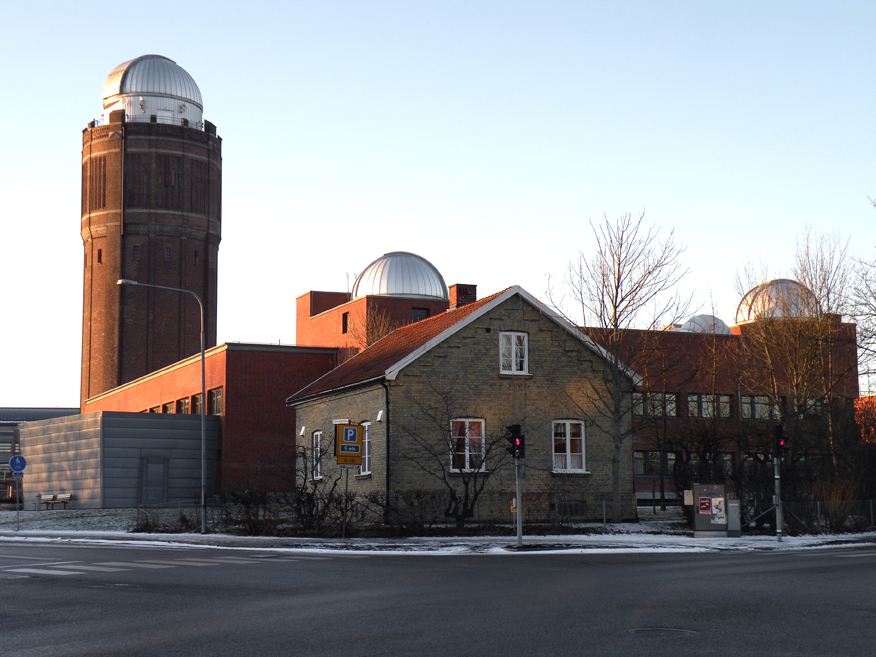
Fig. 4a. Lund Observatory at Sölvegata 27 with the water tower (2001), (CC3, Vitold Muratov)
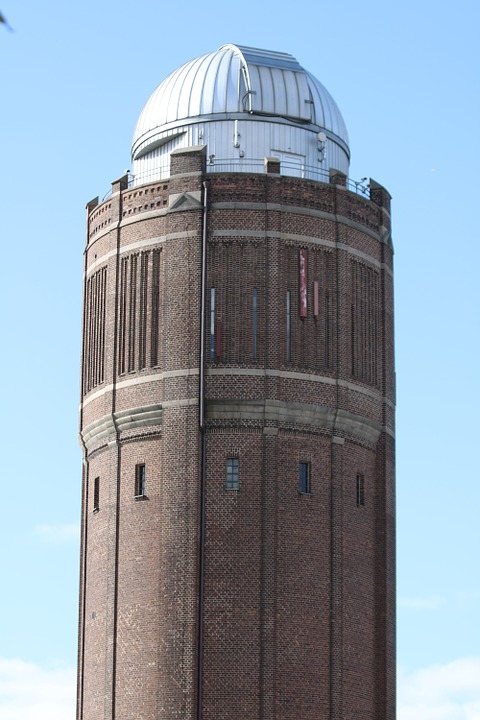
Fig. 4b. Water tower, Lund Observatory at Sölvegata 27 (2001), (pixabay)
When Akademiska Hus in Lund bought the site of Lund’s old 32m high water tower (gamla vattentornet) from 1910, project work began on the move in 1994. The site is located on one of Lund’s highest points where astronomers can make observations free from the city lights.
The modern Lund Observatory was integrated into Lund’s old water tower. In 2001, the Faculty of Astronomy moved to its newly built institute at Sölvegata 27, in the north of the city. A number of historical instruments and objects were moved, including the 100-year-old meridian circle insturment and the bronze bust of Tycho Brahe that had stood in the city park from 1901. The bust was made by the Danish sculptor Vilhelm Bissen for the 300th anniversary of Tycho Brahe’s birth.
In 2010, the Department of Astronomy was united with the Department of Theoretical Physics to form the Department of Astronomy and Theoretical Physics.
History
The observatory at Svanelyckan was completed in 1867. In the same year, its main instrument was installed, which had been ordered, at the same time as construction work for the observatory began. The instrument was a refractor with a lens diameter of almost 25cm. In 1874, the new meridian circle was erected, after the refractor’s main instrument of the observatory. These two instruments would for a long time account for the Lund Observatory’s main production of observation results.
Early on, the observations with the refractor included extensive spectroscopic investigations of the composition of the star atmosphere. At the same time, the instrument was also used for position determinations and examinations of binary stars as well as for photographic photometry.
The meridian circle was widely used for absolute determinations of positions for stars and for members of the planetary system. Especially during the latter part of the 19th century, many of these works were based on a combination of observational results obtained with the meridian circle and with the astrograph.
Instruments
- 25-cm-Refractor (1867), parts of the instrument were used for the construction of a heliostat.
- Meridian circle (1874)
- 18-cm-Astrograph (1914)
- Transit instrument
- Seismograph (1916 until the 1950s)
- Heliostat instrumentation, old and new (1985)
- Iris photometer for processing exposures of star fields
- Slit photometer for the evaluation of spectrograms of stars
- Computer-controlled precision machine
- 61-cm-Reflector of Cassegrain-Nasmyth type with two observation foci
- Auxiliary instruments: single-channel photometer with photomultiplier and a low-resolution photographic spectrograph on a heavy instrument table
- three small telescopes mounted on a common axis: a 32-cm-Schmidt-Cassegrain Reflector, a 20-cm-Schmidt-Cassegrain telescope, and a 20-cm-Schmidt telescop.
Directors
- 1897 to 1934 -- Carl Charlier (1862--1934)
- 1929 to 1955 -- Knut Lundmark (1889--1958)
- ....
- 2008 to .... -- Bengt Söderström
State of preservation
The historical Lund Observatory is a well preserved building and is monument protected.
Comparison with related/similar sites
The historical Lund Observatory is a one dome observatory like e.g. Østervold Observatory, Copenhagen University, Denmark.
Threats or potential threats
no threats
Present use
Between 1978 and 2001, the building of the historical Lund Observatory housed a planetarium with a projector, made by the Japanese optics company GOTO, open to the general public. This projector was moved to Lund’s old water tower when the department moved there and later to the Vattenhallen science centre.
Astronomical relevance today
The historical Lund Observatory is no longer used for astronomy.
Since 2001 the Astronomical Faculty (Lund Observatory) has been part of the Department of Astronomy and Theoretical Physics at Sölvegata on the north campus of Lund University.
It is now integrated into the <i>Gamla Vattentornet</i>, old water tower, of Lund; there has been the 1.4-m-Coudé Auxiliary Telescope (CAT) telescope since 2006 installed, coming from La Silla.
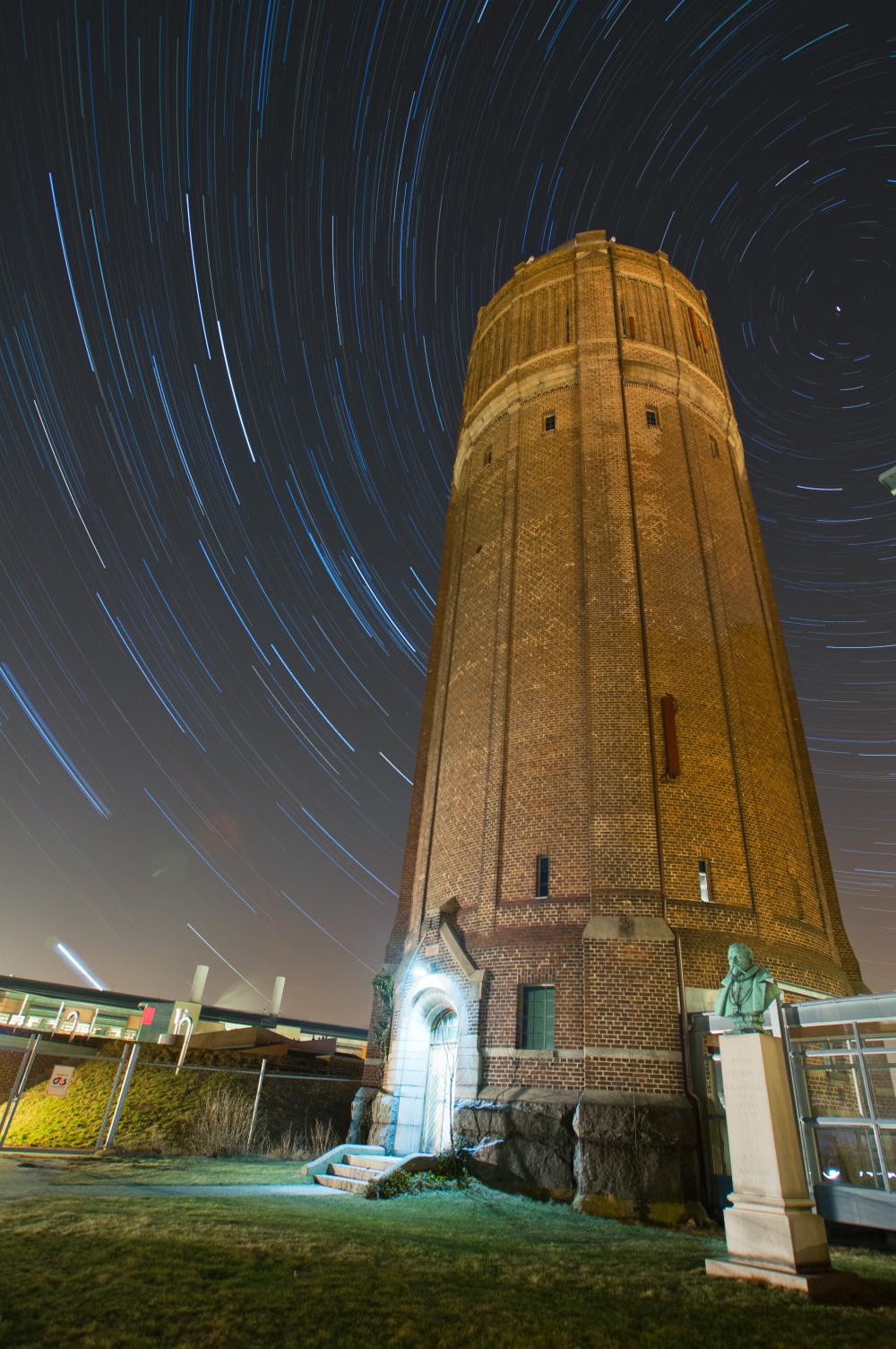
Fig. 5. Water tower, Lund Observatory with the 1.4-m-Coudé Auxiliary Telescope (CAT) telescope (Creative Commons)
References
Bibliography (books and published articles)
- Elmqvist Söderlund, Inga: The Old Stockholm Observatory in a Swedish Context and an Argument for the Necessity of an Inventory of the Swedish Astronomical Heritage. In: Wolfschmidt, Gudrun (ed.): Cultural Heritage of Astronomical Observatories -- From Classical Astronomy to Modern Astrophysics. Proceedings of the International ICOMOS Symposium in Hamburg, October 14-17, 2008. Berlin: hendrik Bäßler-Verlag (ICOMOS - International Council on Monuments and Sites XVIII) 2009, p. 234-249.
- Elmqvist Söderlund, Inga (1967--2017): The Old Stockholm Observatory in a Swedish Context. In: Wolfschmidt, Gudrun (ed.): Astronomie im Ostseeraum -- Astronomy in the Baltic. Proceedings der Tagung des Arbeitskreises Astronomiegeschichte in der Astronomischen Gesellschaft in Kiel 2015. Hamburg: tredition (Nuncius Hamburgensis -- Beiträge zur Geschichte der Naturwissenschaften; Band 38) 2018, p. 326-349.
- Holmberg, Gustav: Astronomy in Sweden 1860--1940. In: Uppsala Newsletter: History of Science (1997), Nr. 26.
- Holmberg, Gustav: Reaching for the stars: Studies in the History of Swedish Stellar and Nebular Astronomy 1860--1940. Lund 1999.
- Holmberg, Gustav: Anders (Andreas) Spole. In: Svenskt biografiskt lexikon (2007--2011), Band 33, p. 41.
- Lindegren, Lennart: Lundaögon mot stjärnorna. Lund: Lunds universitetshistoriska sällskap 2003, p. 268.
- Schalén, Carl; Hansson, Nils and Arvid Leide: Astronomiska observatoriet vid Lunds universitet. Lund 1968.
- Wolfschmidt, Gudrun (ed.): Astronomie im Ostseeraum -- Astronomy in the Baltic. Proceedings der Tagung des Arbeitskreises Astronomiegeschichte in der Astronomischen Gesellschaft in Kiel 2015. Hamburg: tredition (Nuncius Hamburgensis -- Beiträge zur Geschichte der Naturwissenschaften; Band 38) 2018.
- Wolfschmidt, Gudrun: Astronomie im Ostseeraum. In: Wolfschmidt, Gudrun (ed.): Astronomie im Ostseeraum -- Astronomy in the Baltic. Hamburg: tredition (Nuncius Hamburgensis; Band 38) 2018, Astronomie in Schweden ab dem 18. Jahrhundert, p. 37-39.
Links to external sites
- Gustav Holmberg: Astronomy in Sweden 1860-1940. In: Uppsala Newsletter: History of Science, nr. 26 (1997).
- Lund Observatory, Department of Astronomy and Theoretical Physics
- Lund Observatory, A brief history of Lund Observatory (in Swedish)
- Altes Observatorium Lund (Wikipedia)
- The Lund Panorama of the Milky Way
- Lund Observatory (Wikipedia)
No multimedia content published
Currently there is no multimedia content published for this case study










